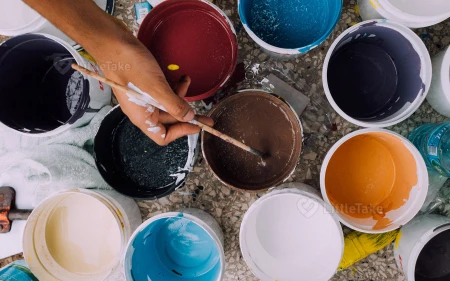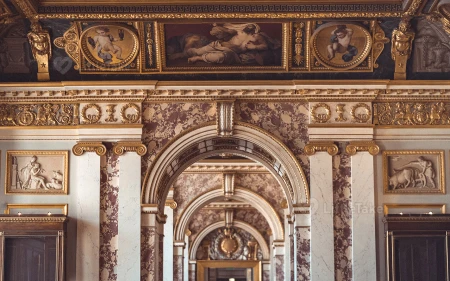
How to Write an Artist's Statement
Craft a compelling artist's statement that captures your artistic vision, influences, and unique voice with these easy-to-follow steps.
1. Reflect on Your Artistic Practice
Consider your creative process, inspiration, and the themes or ideas you explore in your work. This self-reflection will inform your statement.
2. Define Your Artistic Vision
Identify the core principles or beliefs that drive your artistic practice. What do you hope to achieve or express through your art?
3. Describe Your Techniques and Materials
Explain the methods and materials you use, including any unique or innovative techniques that set your work apart from others.
4. Share Your Influences
Discuss the artists, movements, or experiences that have shaped your work. This provides context and shows your connection to the larger art world.
5. Keep It Concise and Clear
Aim for a statement of about 100-200 words that is easy to understand and free of jargon. Clarity and brevity are key.
6. Revise and Edit
Refine your statement by removing repetition, fixing grammar errors, and ensuring your writing is engaging and well-structured.
Real-life Example: David's Artist's Statement Journey
David, a landscape painter, wanted to create an artist's statement that accurately represented his work and artistic vision. He began by reflecting on his practice, noting his fascination with the natural world and the emotional connection he felt to the landscapes he painted.
David defined his artistic vision as capturing the essence and beauty of nature while evoking a sense of tranquility and wonder in the viewer. He also described his techniques, explaining his use of vibrant colors and loose brushstrokes to create a sense of movement and life.
Next, David discussed his influences, citing the Impressionist movement and contemporary environmental issues as major sources of inspiration. He then crafted a concise, clear statement that highlighted his artistic vision, techniques, and influences.
After revising and editing his statement, David had a compelling and engaging artist's statement that accurately conveyed his passion and dedication to his craft. By following these steps, you too can create an effective artist's statement that captures your unique voice and artistic vision.


















